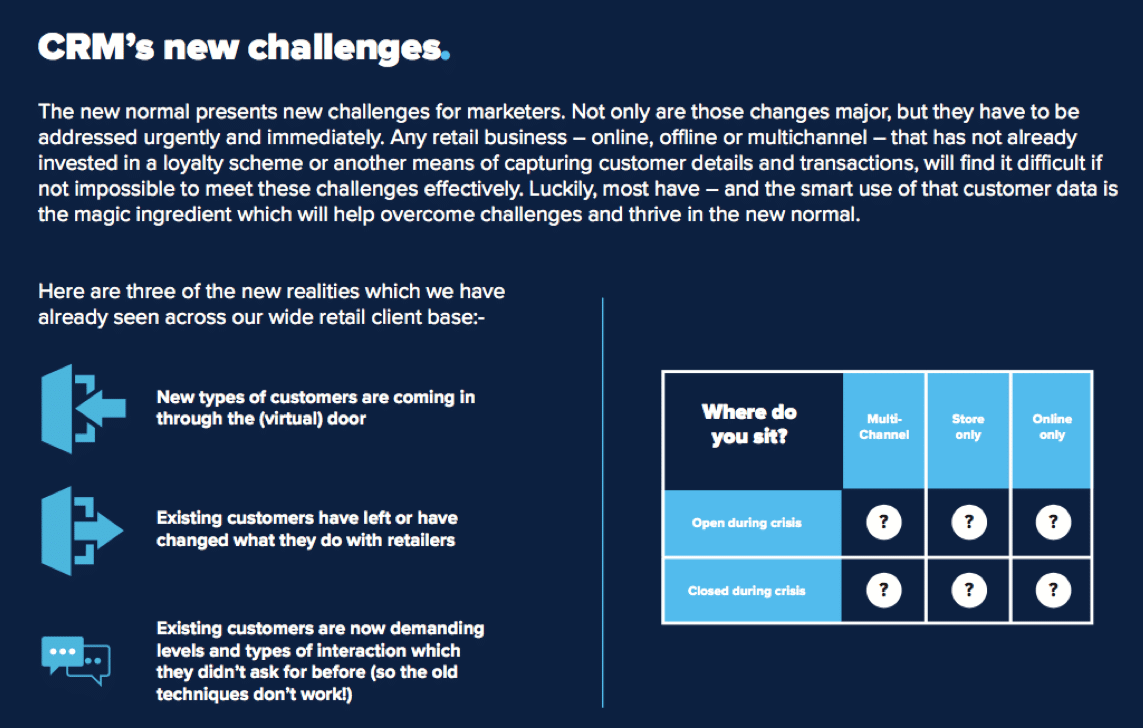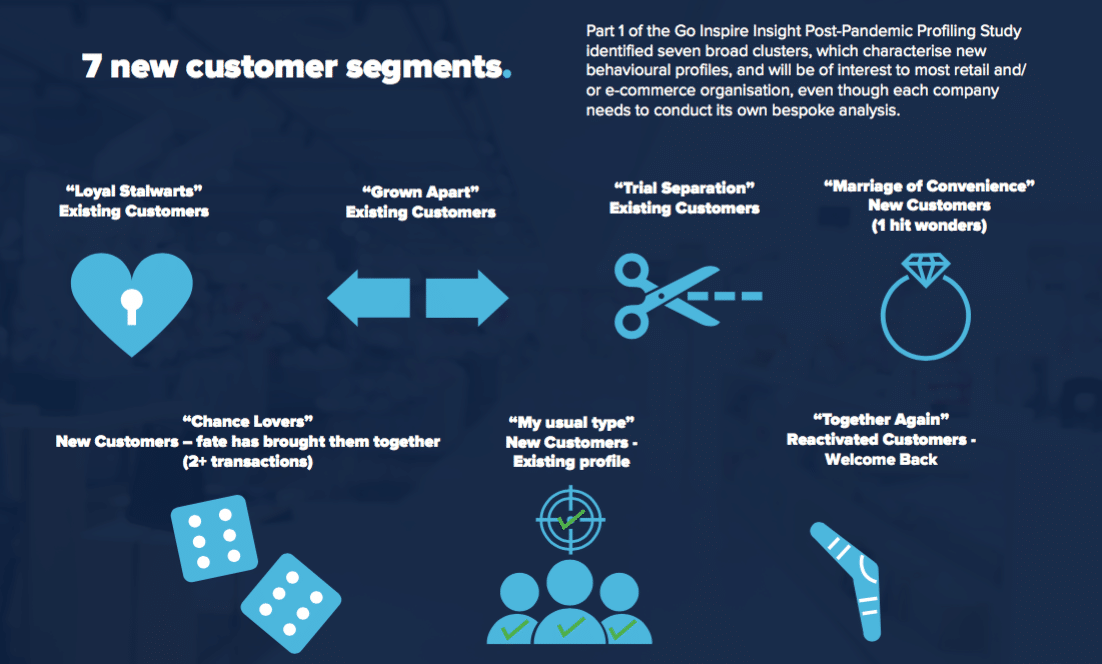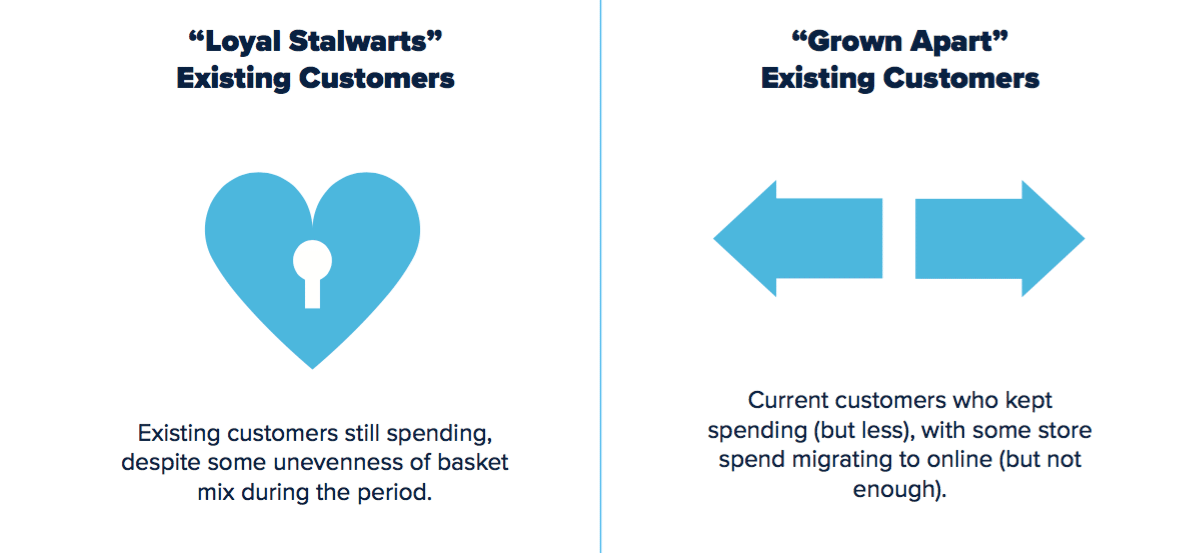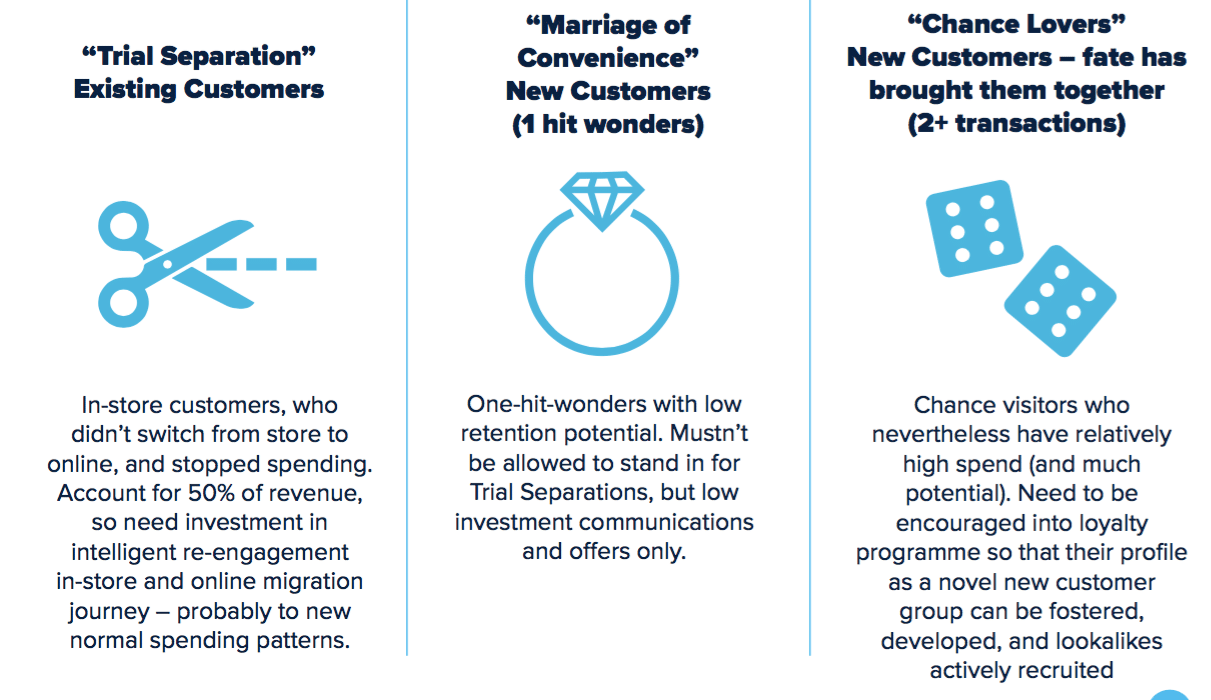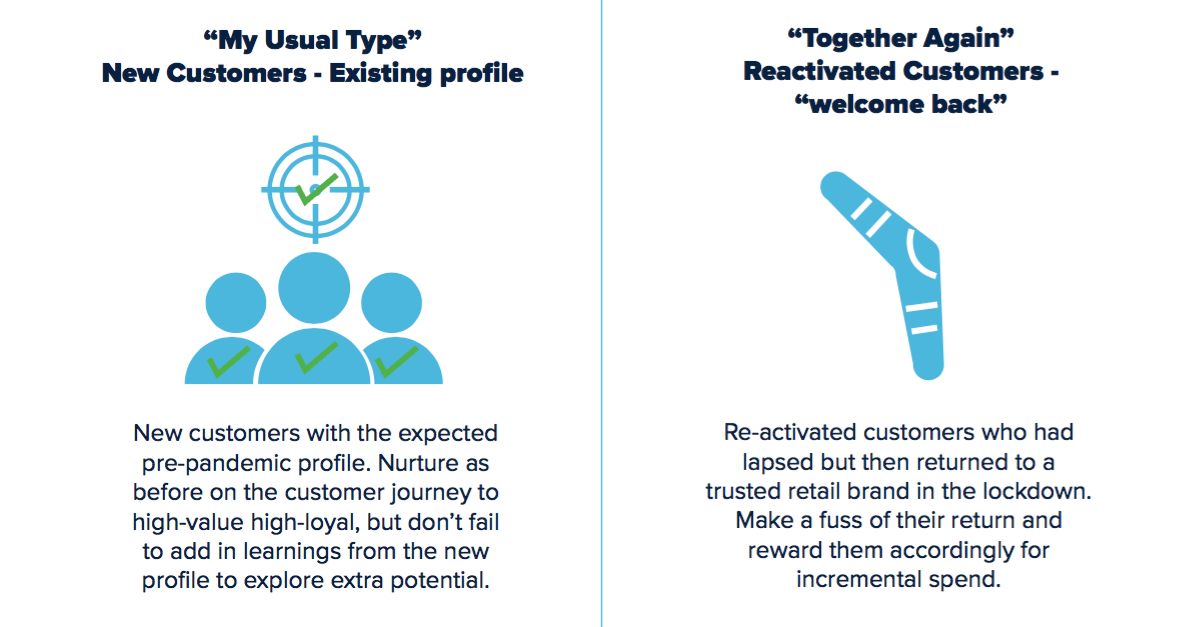The long-term effects of the COVID-19 crisis are uncertain but for now it is clear that consumer shopping habits have changed radically, and will continue to evolve in the near future—which has communications pros busily adjusting to a new, extraordinary reality. Marketing and comms specialist Go Inspire Insight recently took the pulse of consumers by collating early evidence and insight on emerging behavior patterns, offering guidance on managing the customer journey in light of these changes.
Marketers must assess this new mindset as a matter of urgency, to be able to build robust strategies for business success in “new normal” conditions. To gain a concrete perspective of the changes taking place, the firm collaborated with clients during March and April to analyze the changing behavior of 5 million customers. In each case, the client company is a multichannel business that temporarily closed its physical stores. The analysis produced invaluable insights with immediate practical use for marketing activity.
For instance, while traditional “sales” emails had a lower open and click-through rate, those with editorial content only (e.g., how to enjoy your garden) nevertheless had a four-fold increase in click-through rates, causing a sales spike in the products featured. This data makes it clear that businesses cannot simply revert back to their usual strategies without analyzing the new state of play. In fact, a lack of smart analysis could be detrimental to recovery, as opportunities are likely to go unnoticed.
On the basis of its findings, Go Inspire Insight identified seven broad groups characterizing new behavioral profiles, from in-store customers who didn’t transition to online spending (‘Trial Separation’) to chance visitors who have the potential to become long-term customers (‘Chance Lovers’). Though each company must conduct its own bespoke analysis, these categories are a highly useful starting point for retail and e-commerce organizations, providing a basis for tailored loyalty strategies and smart investment of marketing resources.
“We’re seeing customers behave very differently—existing customers are not responding to marketing interactions as they used to before the pandemic, and new customers are finding brands virtually that they might otherwise have missed,” said Beth Powell, managing director at Go Inspire Insight. “In this climate, making assumptions is risky and our study really illustrates this point. Businesses must produce new customer nurture plans and these will need frequent reviews in the coming months, as stores re-open and circumstances evolve. Our post-pandemic profiling series is a stepping stone for this unexpected journey.”


